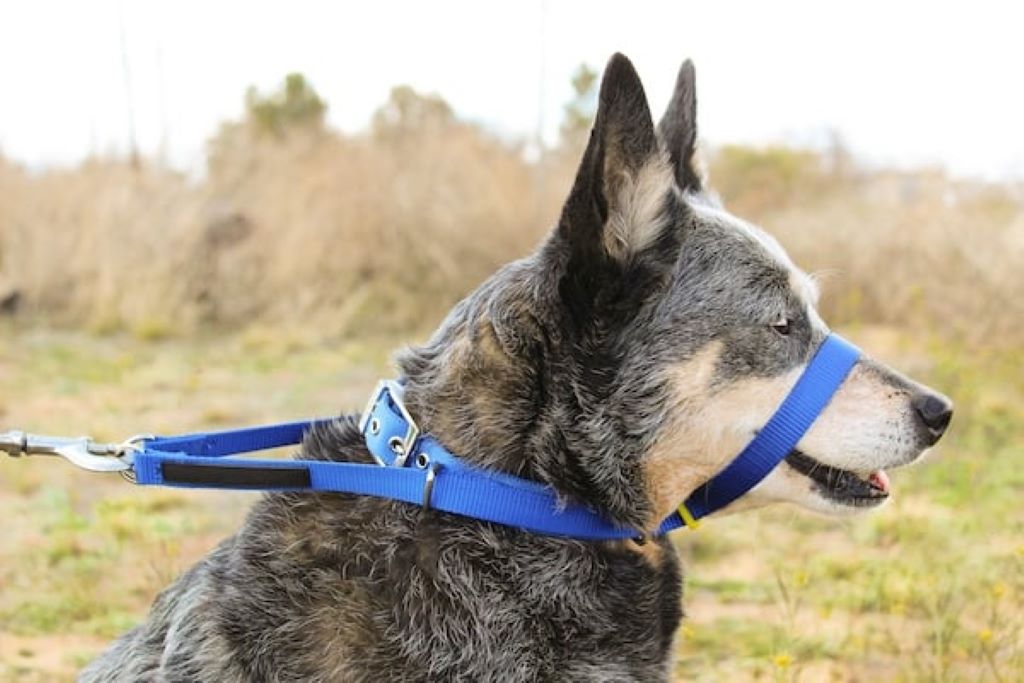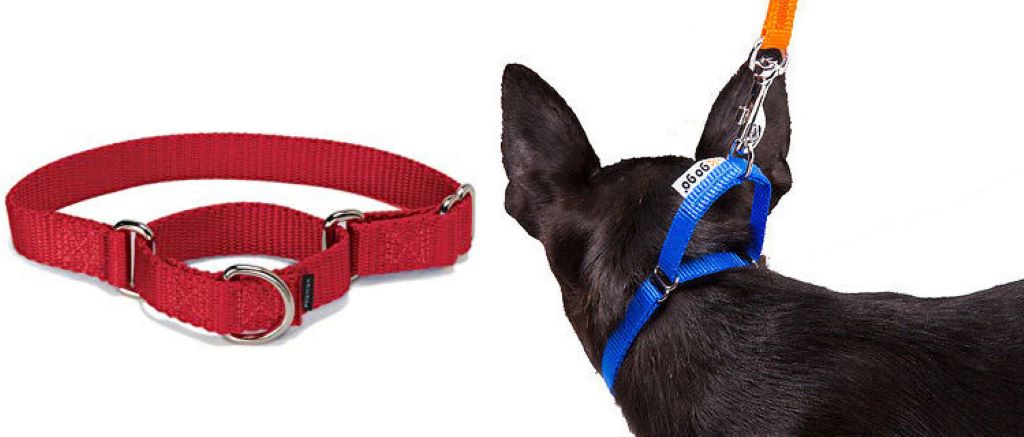Dog collars are an essential tool for pet owners, providing identification, control, and a means for leash attachment. Among the various types of collars available, those that tighten when pulled have garnered both praise and criticism. In this article, we will delve deep into the world of tightening collars, exploring their benefits, potential drawbacks, proper usage, and alternative options.
Understanding Tightening Dog Collars
Tightening dog collars often referred to as limited-slip collars, martingale collars, or choke chains, are designed to constrict around a dog’s neck when tension is applied to the leash. This tightening mechanism serves to discourage pulling and promote leash manners. However, it is crucial to understand the nuances of these collars to ensure their safe and effective use.
Types of Tightening Dog Collars
- Limited-Slip Collars: These collars feature a metal loop that slides along the collar’s length, allowing it to tighten to a predetermined limit. This prevents excessive constriction and choking. Limited-slip collars are popular for training and managing dogs prone to pulling.
- Martingale Collars: Martingale dog collars incorporate a separate loop that tightens when the leash is pulled. They offer a gentler tightening sensation compared to choke chains and are often favored for dogs with sensitive necks or those prone to slipping out of traditional collars.
- Choke Chains: Choke chains consist of a series of metal links that tighten uniformly when pulled. While once widely used, they have fallen out of favor due to their potential for causing injury and discomfort.
Benefits of Tightening Collars

- Pull Reduction: The primary advantage of tightening collars is their effectiveness in discouraging pulling behavior. The tightening sensation serves as a negative reinforcement, prompting the dog to ease the tension on the leash.
- Training Aid: Tightening collars can be valuable tools for training leash manners, particularly when used in conjunction with positive reinforcement techniques. They provide immediate feedback to the dog, helping them understand the desired behavior.
- Control and Safety: In certain situations, a tightening collar can offer enhanced control over a dog, preventing them from bolting or escaping. This can be particularly crucial in busy environments or when encountering distractions.
Potential Drawbacks
- Injury Risk: Improper use of tightening dog collars can lead to injuries, including neck trauma, tracheal damage, and even strangulation. It is imperative to understand the correct fitting and usage to mitigate these risks.
- Negative Associations: Harsh or excessive use of tightening dog collars can create negative associations with walks and training, leading to anxiety and behavioral issues.
- Limited Effectiveness: Tightening dog collars addresses the symptom of pulling but not the underlying cause. They may not be effective in the long term without addressing the root of the behavior through positive reinforcement training.
Proper Usage and Precautions
- Correct Fitting: A properly fitted tightening collar should be snug but not tight, allowing two fingers to fit comfortably between the collar and the dog’s neck.
- Gentle Guidance: The leash should be held with a loose grip, applying gentle pressure only when necessary to redirect the dog. Jerking or yanking the leash can cause harm.
- Positive Reinforcement: Pair the use of a tightening collar with positive reinforcement techniques to reward desired behaviors and create a positive training experience.
- Supervision: Never leave a dog unattended while wearing a tightening collar.
- Veterinary Consultation: Consult with a veterinarian or qualified trainer to ensure the appropriate collar type and size for your dog’s breed, age, and temperament.
Alternatives to Tightening Collars
- Harness: Harnesses distribute pressure across the chest and back, reducing stress on the neck. They are a popular choice for dogs prone to pulling or those with respiratory issues.
- Head Halter: Head halters encircle the dog’s muzzle, allowing for gentle redirection of the head and body. They can be effective for managing pulling but may require an adjustment period for the dog.
- Positive Reinforcement Training: Focus on rewarding desired behaviors and avoiding punishment. This approach fosters a positive relationship with your dog and promotes long-term behavioral changes.
Conclusion
Dog collars that tighten when pulled can be valuable tools for managing pulling behavior and promoting leash manners. However, their use requires careful consideration and responsible handling. Understanding the potential benefits and drawbacks, choosing the appropriate collar type, and prioritizing positive reinforcement training will ensure the safety and well-being of your canine companion. Remember, a well-trained dog is a happy dog, and positive reinforcement is the key to a successful training journey.
Related: GoTags Personalized Dog Collar: A Tailored Fit for Your Furry Friend
Additional Insights:
- Breed Considerations: Certain breeds, such as brachycephalic breeds with short snouts, may be more susceptible to respiratory issues and neck injuries from tightening collars. Consult with a veterinarian for guidance on suitable collar options.
- Age and Temperament: Puppies and senior dogs may require gentler collar options to avoid discomfort or injury. Similarly, dogs with anxious or fearful temperaments may respond better to harnesses or head halters that minimize stress.
- Training Expertise: If you are new to dog training or have concerns about using a tightening collar, seek professional guidance from a qualified trainer. They can provide personalized advice and ensure safe and effective training techniques.
- Ongoing Learning: Stay informed about the latest research and developments in dog training and collar technology. This will help you make informed decisions about the best tools and techniques for your dog’s individual needs.
Remember, the goal of using dog collars is to ensure your pet’s safety and well-being while promoting positive interactions during walks and training. By understanding the various options available and prioritizing positive reinforcement, you can create a harmonious and enjoyable experience for both you and your furry friend.




